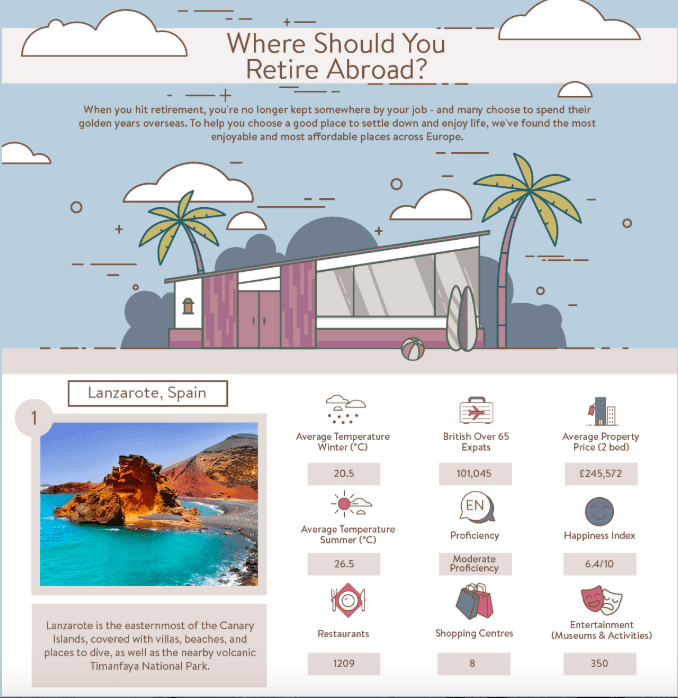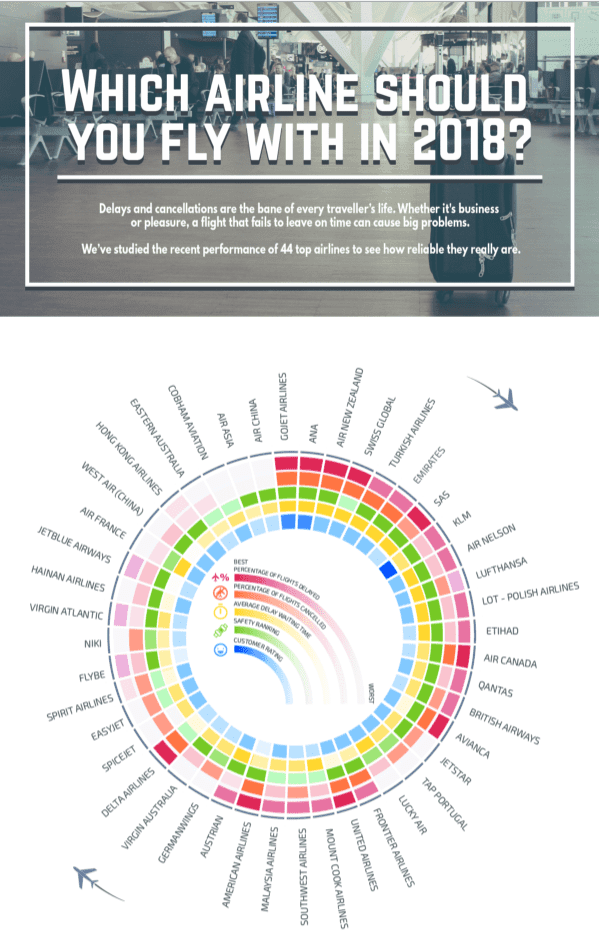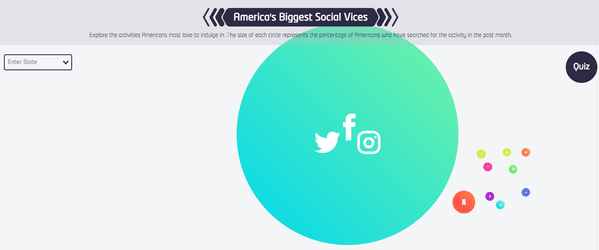Content
The 7 Golden Rules of Content for Link Building

There are hundreds of articles out there about ‘how to create great content’ or ‘how to make linkable content’ – I’ve probably written a few of them myself – but they often leave you with an underwhelming feeling that there were very few concrete, practical tips hiding amongst the buzzwords.
At Kaizen, using our combined experience, we’ve recently developed a Golden Rules Checklist that we use ourselves to vet all of our new content ideas. This is a practical list of 7 questions we ask of the concept before we even think about creating it. It’s almost impossible to create a formula for success in the digital PR world, some things take off when you never expected them to and your most confident pieces sometimes fail to resonate with journalists. However, we have seen that using this checklist has given our content the best possible chance of success.
Answer a Question People are Asking
I can’t count the number of times my team has gotten carried away with an idea before having to take a step back and realising that we surround ourselves with content daily so what we find interesting may not be what the general audience does.
As an example, we recently created a piece on the USA’s Biggest Social Vices because we thought it would be interesting to use search data to see which US states chose take out over Twitter, or cocktails over Netflix binging. The interactive tool looks great but it wasn’t as successful as we anticipated. Looking into why, we realised that people weren’t interested in comparing vices in this way. Instead, what people were searching for, for example, was who watches Netflix the most and what they are watching.
In this example, we created individual press releases answering questions people had about specific social vices, like what shows each state was binging on Netflix. More importantly, what it taught us is that we have to find out if people want to know the answer to the question we’re answering before we produce it.
So, how do you know? When people have questions the first person they ask is Google, and as SEOs we have access to those questions! Look at search data, go on reddit or Quora and find out if anyone is asking the questions that you can create the perfect content to answer.
News means NEW
This is my number 1 rule of creating content. If you’re trying to get news publications to take your content you have to be offering them something brand new, whether that’s a new survey result, a unique ranking or a design-led piece that tells a story that hasn’t been told before.
Gathering data that has been released and visualising it in an infographic is not news. Journalists care about the story and not the graphic so when they realise that you did not break the story, they will often overlook your brand when reporting it and instead cite the original source. To combat this, ensure you are doing something unique with the data to create a narrative that has not been broken elsewhere, whether this is analysing the data in a different way or combining multiple data sets to tell a new story.
Go Global
Ensuring your content covers at least 2 regions, whether that just be the UK and Europe, the UK and USA or fully global, opens out so many more outreach opportunities. There are great publications all over the world looking for fresh content, and creating something that is purely UK focused minimises your chances of gaining deserved links.
Another recent blog post of ours discussed in more detail how creating global content can help encourage virality.
Bigger is Better
Using large-scale data sources adds a huge amount of credibility to your content. If you’re presenting the top 10 countries for X, you need to have looked at all countries, or at least a large enough range for your results to be meaningful.
With the wealth of data available out there, often for free, there’s really no excuse for not making your data-led projects large scale. Organisations such as the OECD, WorldBank and ONS, to name just a few, publish masses of data every year just waiting to be analysed and used to form amazing content.
Another way of ensuring your content has scale, without spending hours on manual data work, is crawling. If you’re looking for data on house prices or features, for example, crawling Zoopla or Rightmove can give you thousands of data points to work with for very little manual work. Similarly, for travel pieces, crawling TripAdvisor can save hours of reading through customer reviews.
Help Make Practical Decisions
Everyone is drawn in by those ‘Best City in the World to Live if…’ pieces. They are interesting, and young people are more likely than ever to move abroad for work opportunities and use data to help make these decisions. However, this is a small market to target and we have seen that pieces that help make practical decisions, something that a person could read your content and make a genuine choice based on it, work best.
The decisions you are helping people make can be big or small. Many people do choose to retire abroad, often in places that they have no previous connection to, simply for a more relaxed lifestyle. So, we created a piece with TotallyMoney that helped those retirees decide where the best location to live out their post-work life was, using factors such as average temperatures and the size of the local expat community.
On the other end of the scale, we have created pieces such as ‘The Most Reliable Airlines’ for travel insurance brand Get Going, which helps people make a very simple, practical decision of which airline to fly with for the best chance of having no delays or cancellations. It resonated with audiences in the wake of multiple airlines going bust and letting customers down, and with the press too as this piece currently has over 30 pieces of media coverage.
Know who will Publish it
I have fallen into the trap many times before of creating something interesting about a niche topic, for example sports, and thinking it will be easy to get links and coverage as there are thousands of sports sites. However, if you look at what those sports sites are publishing, 90% of the time it’s match scores, player profiles and breaking news. If you look at the sports sites that are publishing interesting 3rd party content there are far fewer opportunities.
Therefore, it is important to think about who specifically will publish the content before you produce it. If you can’t name 10 sites that have published similar content and you are confident might take your new piece – it probably isn’t worth creating.
Make it Evergreen
Link building is a marathon, not a sprint. Stacey MacNaught spoke at outREACH conference this year about how the majority of coverage for a campaign can often come in the months, or even years, after the campaign’s initial outreach period. However, this is only possible if the content you create is not tied to a specific event or season.
Every year hundreds of pieces of Christmas content are created. There’s nothing inherently wrong about creating a Christmas piece, if you are confident your piece will make it through the noise and the journalist ‘out of office’ emails that mark the run up to the holiday season. If you are not so lucky, unfortunately you won’t be able to re-run the piece in January as, for obvious reasons, no one will be publishing Christmas content.
Instead, content that is around a topic that can be tied to the holidays, such as personal spending, food or toys, can be outreached in the run up to Christmas with a focused press campaign. However, you then have the rest of the year to return to it whenever the topic appears in the news cycle and are not limited to a very brief window of time.
These 7 golden rules are not a guarantee of success. However, sticking to them can give your content the best possible chance to reach a wide audience and resonate enough to build coverage, both in the initial outreach period and naturally after.
Share












